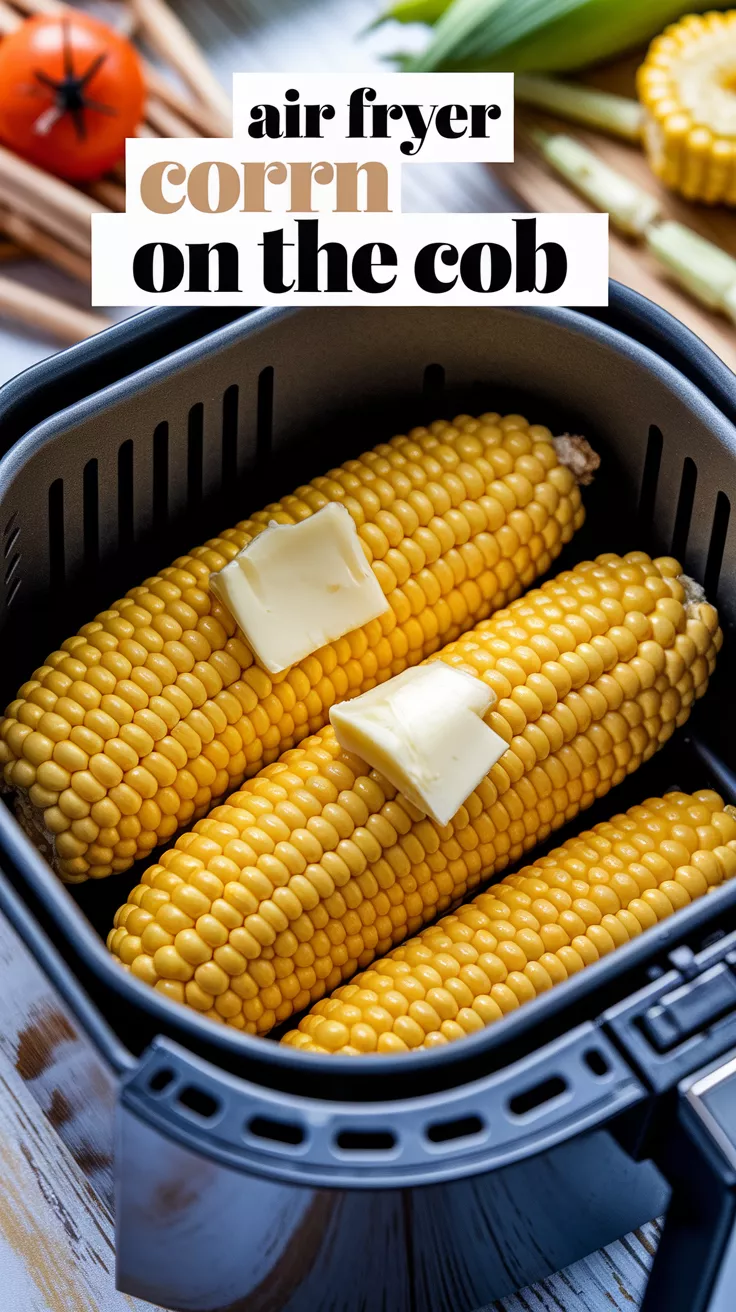You love fish and chips. Your arteries? Not so much.
Deep-frying is delicious but feels like a one-way ticket to nap city (or worse). Enter the air fryer—your crispy, golden savior. This gadget delivers that crunch without the oil bath, and it’s faster than ordering takeout.
No soggy bottoms, no grease-stained paper bags, just perfection. Ready to hack your way to British pub vibes at home? Let’s go.
Why This Recipe Slaps
Air fryer fish and chips give you all the satisfaction of the classic dish with half the guilt.
The fish stays flaky and moist inside while the coating turns shatteringly crisp. The “chips”? Golden, salty, and way better than freezer fries.
Plus, cleanup is a joke—no vats of oil to dispose of. It’s weeknight-friendly, crowd-pleasing, and tastes like cheating (without actually cheating).
Ingredients You’ll Need
- For the fish: 1 lb white fish fillets (cod, haddock, or tilapia), 1 cup panko breadcrumbs, ½ cup flour, 1 tsp paprika, 1 tsp garlic powder, 1 egg, salt, and pepper.
- For the chips: 2 large russet potatoes, 1 tbsp olive oil, ½ tsp salt, ½ tsp black pepper.
- For serving: Lemon wedges, tartar sauce, malt vinegar (if you’re fancy).
Step-by-Step Instructions
- Prep the potatoes: Cut them into thick fries, soak in cold water for 10 mins (to remove starch), then pat dry. Toss with oil, salt, and pepper.
- Air fry the chips first: Cook at 400°F for 15 mins, shake the basket, then another 10 mins until crispy.
Set aside.
- Dredge the fish: Mix flour and spices in one bowl, beaten egg in another, and panko in a third. Coat each fillet: flour → egg → panko.
- Air fry the fish: Spray the basket with oil, cook at 375°F for 10–12 mins, flipping halfway. No peeking—it ruins the crisp.
- Serve immediately: Pile the fish and chips high, add lemon and sauce, and pretend you’re by the seaside.
How to Store Leftovers (If Any)
Let’s be real—this dish rarely lasts.
But if you’re a leftovers warrior: store fish and chips separately in airtight containers. Reheat in the air fryer at 350°F for 3–4 mins to revive the crunch. Microwaving is a crime—don’t do it.
Why This Recipe Wins
Healthier than deep-fried?
Check. Faster than Uber Eats? Check.
Customizable? Absolutely. You control the salt, the oil, and the portion size.
Plus, it’s a one-gadget meal—minimal cleanup, maximum flavor. And if you’re feeding picky eaters, this is a guaranteed win. Even kids won’t complain (a miracle, I know).
Common Mistakes to Avoid
- Overcrowding the basket: Fish needs space to crisp.
Cook in batches if needed.
- Skipping the soak: Unsoaked potatoes = sad, limp fries. Don’t cut corners.
- Using stale breadcrumbs: Fresh panko = crunch. Stale panko = disappointment.
- Forgetting to preheat: A cold air fryer = uneven cooking.
Always preheat.
Swaps and Alternatives
No cod? Use salmon or even shrimp. Gluten-free?
Swap panko for crushed gluten-free crackers or almond flour. Want sweet potato fries instead? Go for it—just adjust cooking time.
Vegan? Use aquafaba instead of egg for binding. The air fryer is your playground—experiment.
FAQs
Can I use frozen fish?
Yes, but thaw it first.
Frozen fish = soggy coating. Pat it dry with paper towels before dredging.
Why isn’t my fish crispy?
Did you skip the oil spray? Air fryers need a little oil to crisp things up.
Also, don’t skip the flipping step.
Can I make this without an air fryer?
Sure, but you’ll miss the magic. Bake the fish at 425°F and the fries at 450°F, but expect less crunch.
How do I prevent the coating from falling off?
Press the panko firmly onto the fish. A light flour dusting before the egg helps too.
No lazy coating!
Final Thoughts
Air fryer fish and chips are a game-changer—crispy, fast, and way better for you than the deep-fried version. It’s the kind of meal that makes you feel like a genius without the effort. So ditch the takeout menu, fire up that air fryer, and get ready to impress yourself.
Happy crunching.





